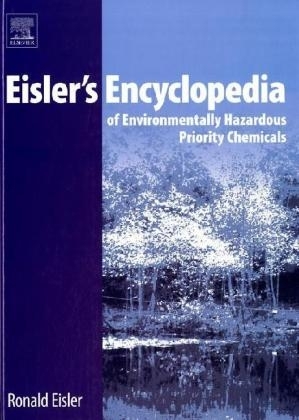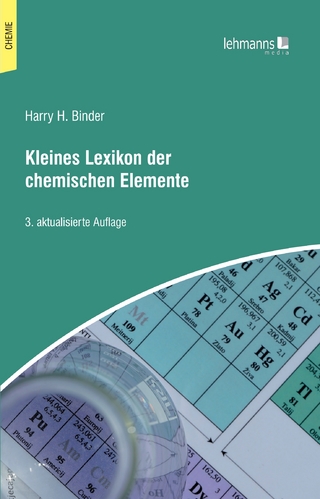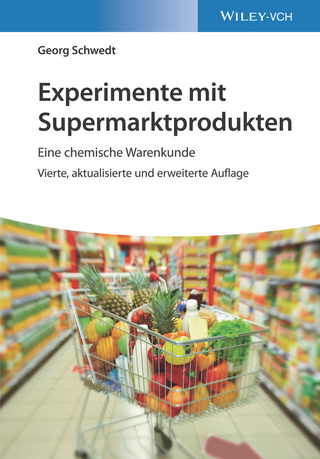
Eisler's Encyclopedia of Environmentally Hazardous Priority Chemicals
Seiten
2007
Elsevier Science Ltd (Verlag)
978-0-444-53105-6 (ISBN)
Elsevier Science Ltd (Verlag)
978-0-444-53105-6 (ISBN)
- Titel ist leider vergriffen;
keine Neuauflage - Artikel merken
For each priority group of chemicals, this book presents information on sources, uses, physical and chemical properties, tissue concentrations in field collections and their significance, lethal and sublethal effects under controlled conditions.
Thousands of inorganic and organic chemicals and their metabolites enter the biosphere daily as a direct result of human activities. Many of these chemicals have serious consequences on sensitive species of natural resources, crops, livestock, and public health. The most hazardous of these were identified by a panel of environmental specialists from the U.S. Fish and Wildlife Service; these chemicals are the focus of this encyclopedia.For each priority group of chemicals, information is presented on sources, uses, physical and chemical properties, tissue concentrations in field collections and their significance, lethal and sublethal effects under controlled conditions. This includes effects on survival, growth, reproduction, metabolism, carcinogenicity, teratogenicity, and mutagenicity - and proposed regulatory criteria for the protection of sensitive natural resources, crops, livestock, and human health. Taxonomic groups of natural resources covered include terrestrial and aquatic plants and invertebrates, fishes, amphibians, reptiles, birds, and mammals.
Thousands of inorganic and organic chemicals and their metabolites enter the biosphere daily as a direct result of human activities. Many of these chemicals have serious consequences on sensitive species of natural resources, crops, livestock, and public health. The most hazardous of these were identified by a panel of environmental specialists from the U.S. Fish and Wildlife Service; these chemicals are the focus of this encyclopedia.For each priority group of chemicals, information is presented on sources, uses, physical and chemical properties, tissue concentrations in field collections and their significance, lethal and sublethal effects under controlled conditions. This includes effects on survival, growth, reproduction, metabolism, carcinogenicity, teratogenicity, and mutagenicity - and proposed regulatory criteria for the protection of sensitive natural resources, crops, livestock, and human health. Taxonomic groups of natural resources covered include terrestrial and aquatic plants and invertebrates, fishes, amphibians, reptiles, birds, and mammals.
1. Acrolein2. Arsenic3. Atrazine4. Boron5. Cadmium6. Carbofuran7. Chlordane8. Chlorpyrifos9. Chromium10. Copper11. Cyanide12. Diazinon13. Diflubenzuron14. Dioxins15. Famphur16. Fenvalerate17. Gold18. Lead19. Mercury20. Mirex21. Molybdenum22. Nickel23. Paraquat24. Pentachlorophenol25. Polychlorinated Biphenyls26. Polycyclic Aromatic Hydrocarbons27. Radiation28. Selenium29. Silver30. Sodium Monofluoroacetate31. Tin32. Toxaphene33. Zinc
| Erscheint lt. Verlag | 11.7.2007 |
|---|---|
| Verlagsort | Oxford |
| Sprache | englisch |
| Maße | 192 x 262 mm |
| Gewicht | 2470 g |
| Themenwelt | Naturwissenschaften ► Chemie ► Allgemeines / Lexika |
| ISBN-10 | 0-444-53105-X / 044453105X |
| ISBN-13 | 978-0-444-53105-6 / 9780444531056 |
| Zustand | Neuware |
| Haben Sie eine Frage zum Produkt? |
Mehr entdecken
aus dem Bereich
aus dem Bereich
Eine chemische Warenkunde
Buch | Softcover (2022)
Wiley-VCH (Verlag)
29,90 €


